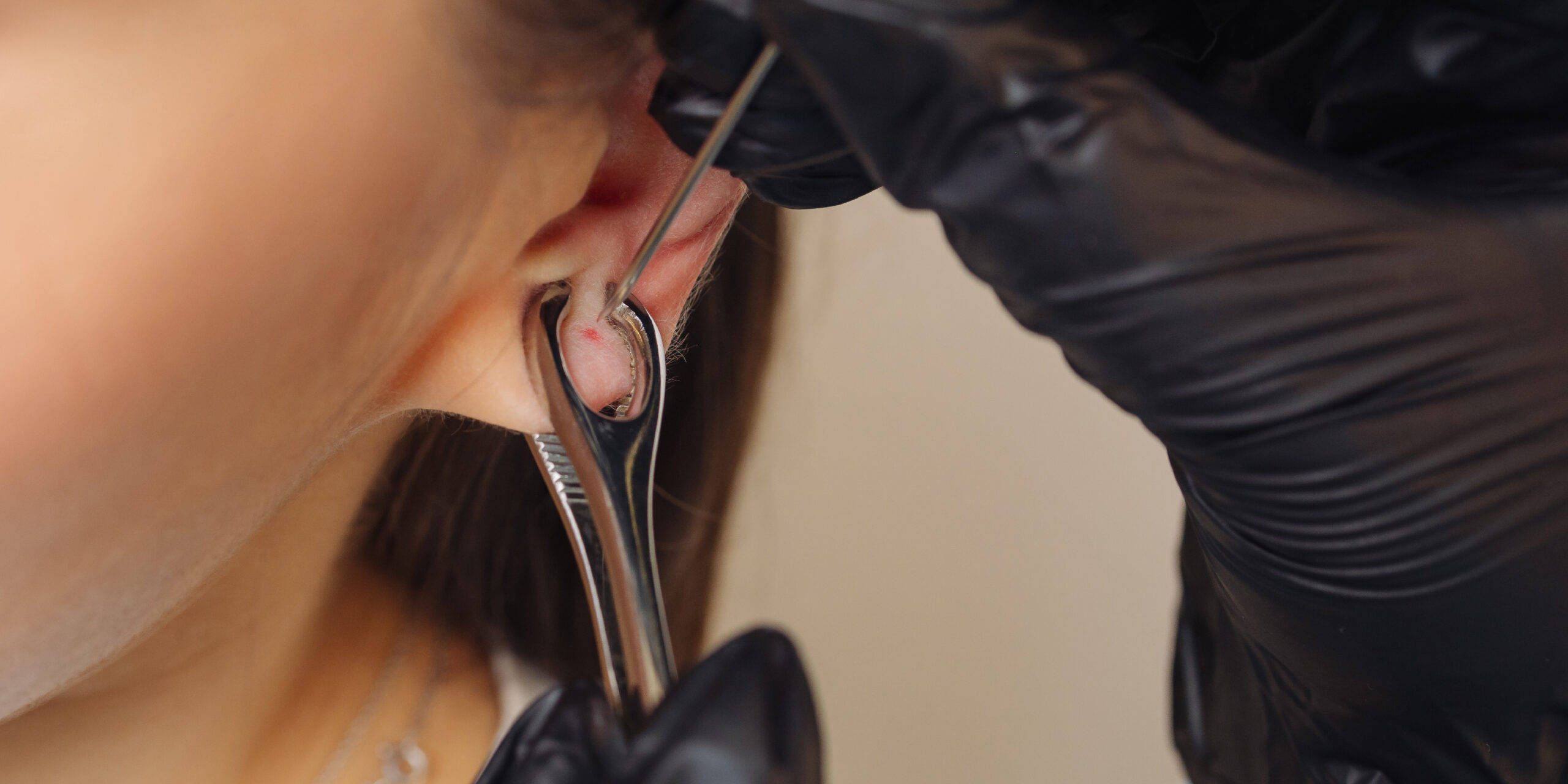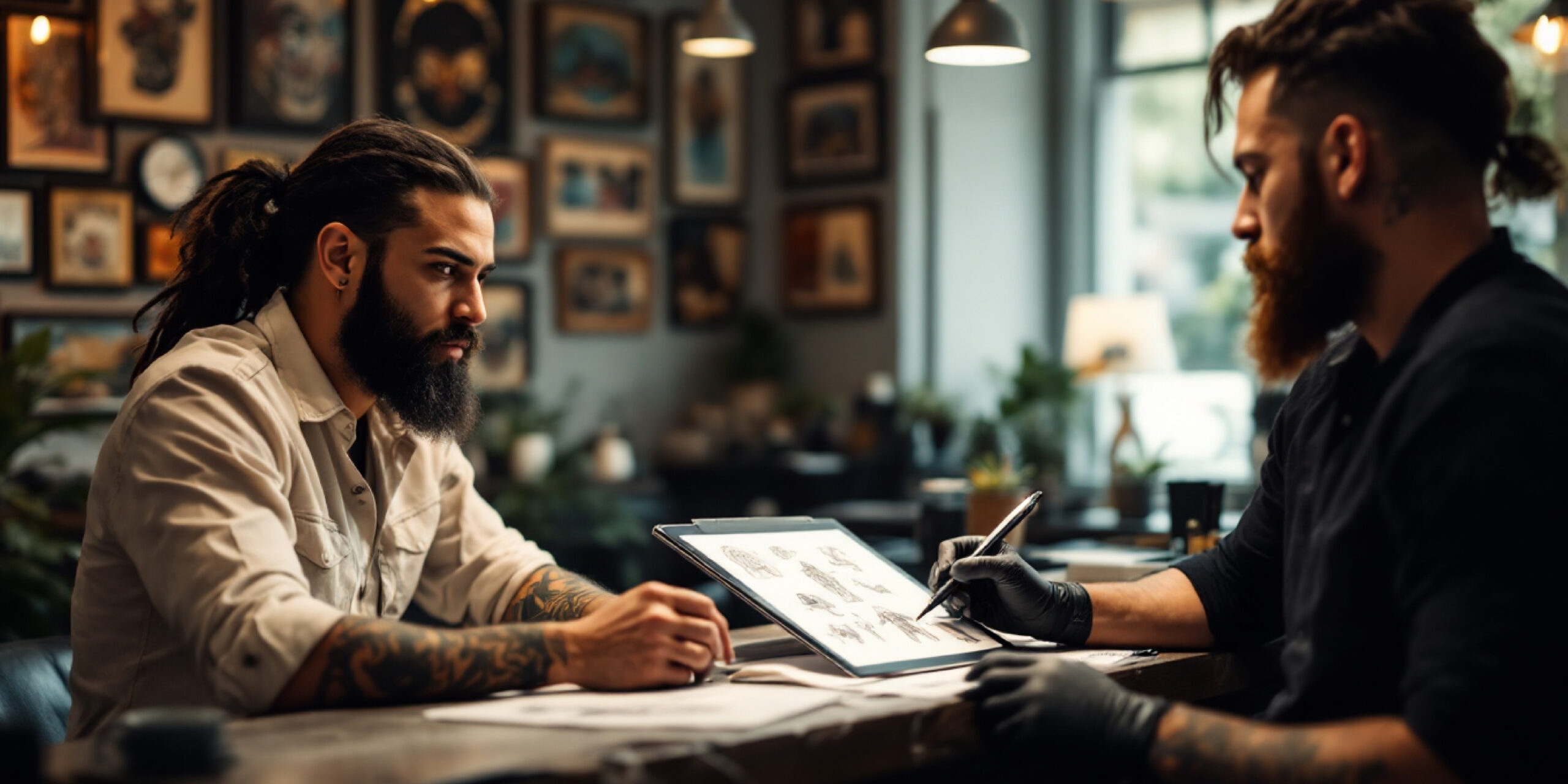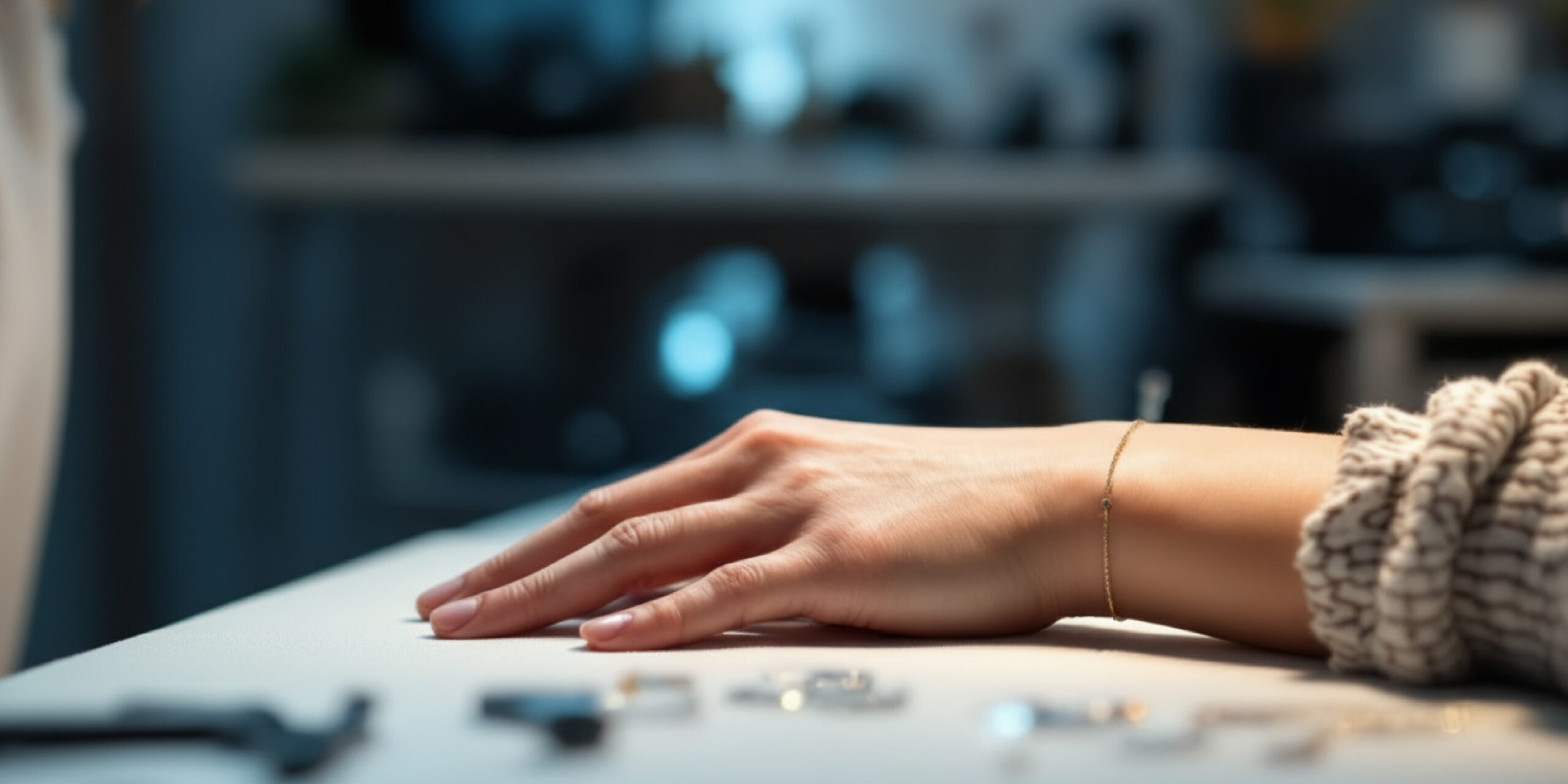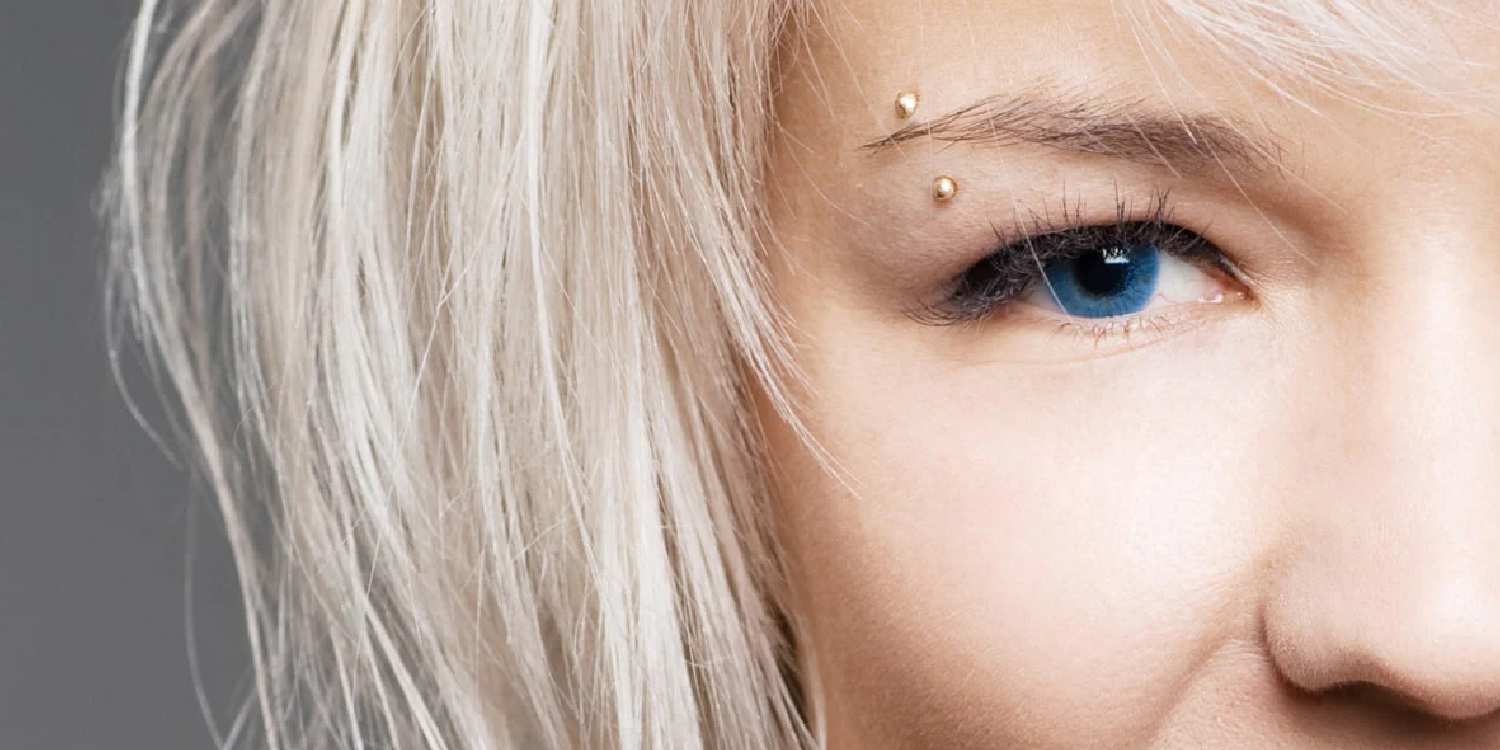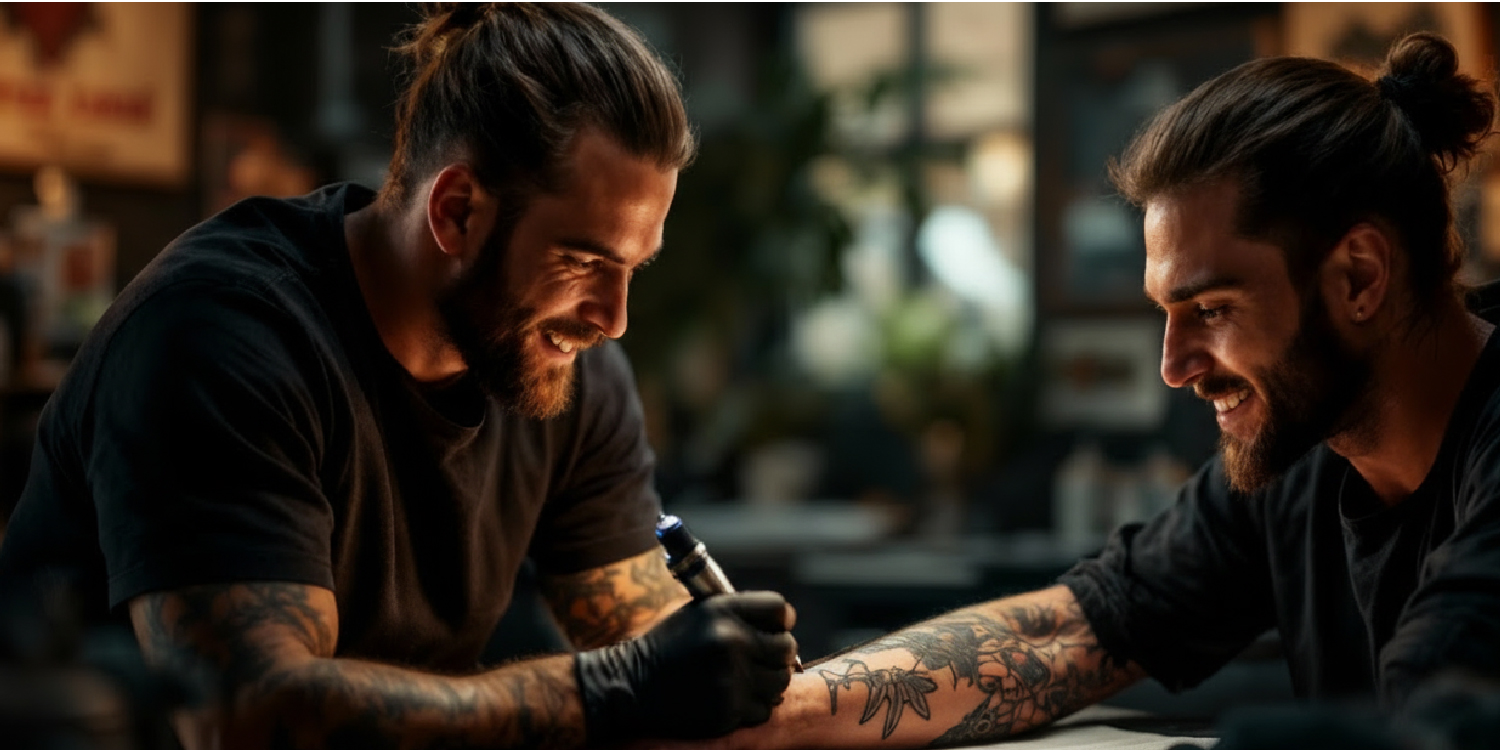The art of body piercings has evolved through the ages. It has crossed cultural boundaries and fashion trends. Getting pierced is one of the most personal and expressive forms of body art today.
Historically, getting pierced was often connected with cultural or religious practices. Body piercing was performed by ancient tribes and civilizations all across the world, from the Mayans and Egyptians to the Indian, African, and Polynesian cultures, to indicate social position or religious beliefs.
Piercings are both varied and exciting. Making a decision can be both thrilling and scary when you are faced with so many choices. Which piercing best suits your facial shape? Will it heal properly? These are just a few of the questions that customers often ask.
The process of getting pierced is about more than just deciding on where to get pierced. It requires research, planning, and a thorough awareness of what to expect before, during, and after the piercing. One of the most critical components, which many people overlook, is aftercare. Even the best piercing might fail without proper cleaning and healing methods.
This blog explores the world of body piercings. Knowing what to expect, how to be ready for your visit, and what questions to ask your piercer can help you choose the best studio and jewelry.
Any changes you make to your body, no matter how small, are very personal choices. That is why this blog offers more than just technical guidance. The aim is to make you feel comfortable, informed, and thrilled about your piercing experience. You might be getting your first piercing or adding to your collection. This guide will provide you with the information you need to make informed, safe, and stylish decisions.
Choosing Safe Jewelry for Body Piercings
When it comes to getting pierced, many people start by looking for “reputable studios for piercings near me”. The type and size of the jewellery you choose are important. However, most people often ignore the material. The type of metal or material used in your piercing jewelry affects how well it heals and how comfortable it feels. Choosing suitable jewelry is more than simply an aesthetic choice; it is also a health and safety issue.
Piercings are essentially controlled injuries, even when performed by a professional. As soon as the needle penetrates the skin, your immune system rushes to start the healing process. When you use high-quality piercing jewelry, your body can complete the healing process without any additional issues. However, if the jewelry is of poor quality, your immune system may consider it a threat. This might cause symptoms such as persistent swelling or redness, itching, and burning. With high-quality, body-safe jewelry, there is a much lower chance of infection, inflammation, or problems. The whole healing process is easier and more comfortable.
Beyond the actual material, the polish of the jewelry has a huge impact on both comfort and healing. High-quality piercing ornaments are often mirror-polished, resulting in an extremely smooth surface. This smoothness reduces the danger of the piercing snagging or ripping when healing. In contrast, jewelry with a rough or badly finished surface might cause significant complications. These irregularities may rub against the inside of the piercing channel. This causes friction and irritation and can delay the healing process. This is why choosing expertly polished jewellery made from the right material is essential.
The Piercing Process – What to Expect
Getting pierced can be a thrilling experience. However, understanding what to expect before, during, and after the treatment can help reduce anxiety, ensure a smooth experience, and aid effective recovery. The process usually consists of several critical steps, each designed to keep you safe and comfortable.
Choosing the Right Studio
The first and most important step in getting piercings is finding a reputable piercing studio. Not all piercing services are equal. Your safety greatly depends on the piercer’s skill, hygiene, and overall professionalism. A reputable studio should be clean, well-lit, and authorized. They should always use sanitized instruments and disposable needles. Certified piercers, such as Colibri Laser & Tattoo, are eager to answer any of your inquiries and resolve your concerns. Don’t be afraid to ask questions—a professional piercer will always take the time to explain the operation, recommend safe jewelry options, and provide detailed aftercare instructions.
The Consultation
Once you’ve decided on a studio, the process starts with a brief consultation with your piercer. This phase is critical for assuring safety and satisfaction. Your piercer will want to know about your medical history, including any current medicines or medical problems that could delay healing.
Your session will include discussions on crucial details like the placement of your piercings. Your piercer will also discuss jewellery options and materials with you and help you choose something safe and suitable for your style. They will discuss the healing process and what kind of upkeep your new piercing will require.
The Piercing Itself
The actual piercing takes a few seconds. While the experience differs based on the region and your specific pain threshold, most people describe it as a strong pinch or pressure followed by a dull soreness or warmth that goes away quickly. Mild bleeding or redness is also normal.
DIY Piercings – Why They Are Not Worth the Risk
DIY piercings are popular today, thanks to online tutorials and social media trends. While it may seem like a fun or cost-effective idea to pierce yourself at home, the reality is that amateur piercings are dangerous, painful, and often cause serious issues. What you save in money or convenience may cost you in terms of health.
Lack of Sterilization
Professional piercing studios follow strict cleanliness measures to ensure customer security and reduce the risk of infection. These rules require the use of sterilized instruments, medical-grade disinfectants, and sterile, single-use needles. DIY piercings often employ improvised equipment such as sewing needles or safety pins, which are not suitable for body piercing. Regardless of how “clean” these tools appear, if they are not cleaned properly, they can introduce deadly bacteria deep into your skin. This can result in serious infections, chronic swelling and redness, and irreversible scarring or tissue damage.
Improper Technique Can Cause Irreversible Damage
Piercing is far more complicated than merely inserting a needle through the skin. It requires a thorough understanding of your anatomy. Professional piercers are trained to identify the proper angle, depth, and placement for all types of piercings, resulting in minimal trauma. Their experience helps prevent problems and promotes the body’s natural recovery.
DIY piercing attempts frequently result in serious mishaps. Without anatomical expertise, it is simple to get a crooked or off-center piercing. There is also a danger of nerve injury, which can cause numbness or long-term pain. Damaged tissue may never recover adequately. This can leave lifelong scars or prevent future piercings.
Conclusion
Piercings are a powerful form of self-expression. They combine culture, style, and personality. It’s important to approach the procedure with understanding, care, and responsibility, whether you’re getting your first piercing or looking into more daring options. Every step, from selecting the correct studio to understanding aftercare, is critical to having a safe and enjoyable experience. While it may be tempting to take shortcuts or follow trends blindly, your body deserves the best professional advice, hygienic techniques, and high-quality materials. Make informed decisions, rely on skilled people, and, most importantly, listen to your body. When done correctly, piercings can be both beautiful and empowering.
